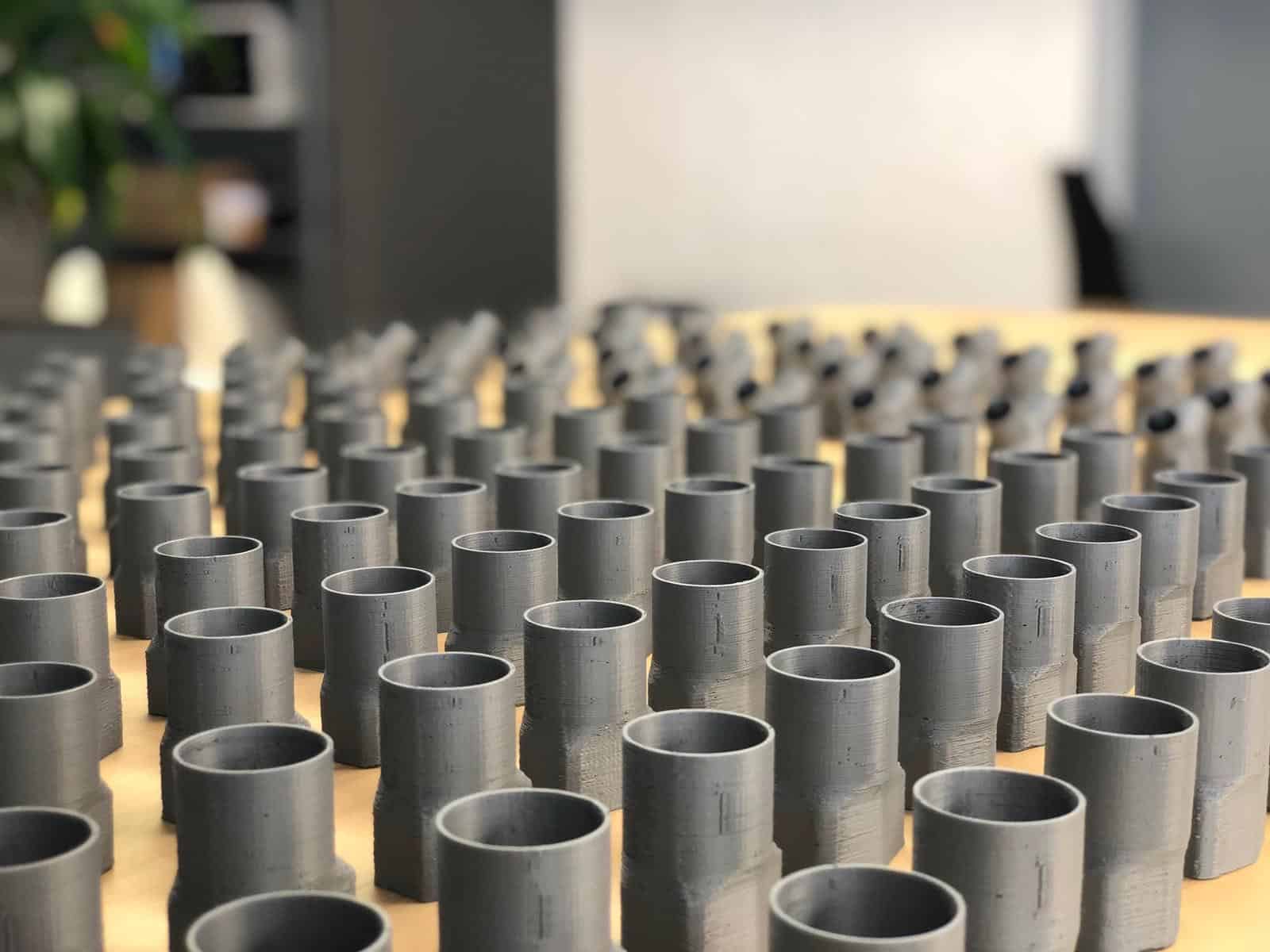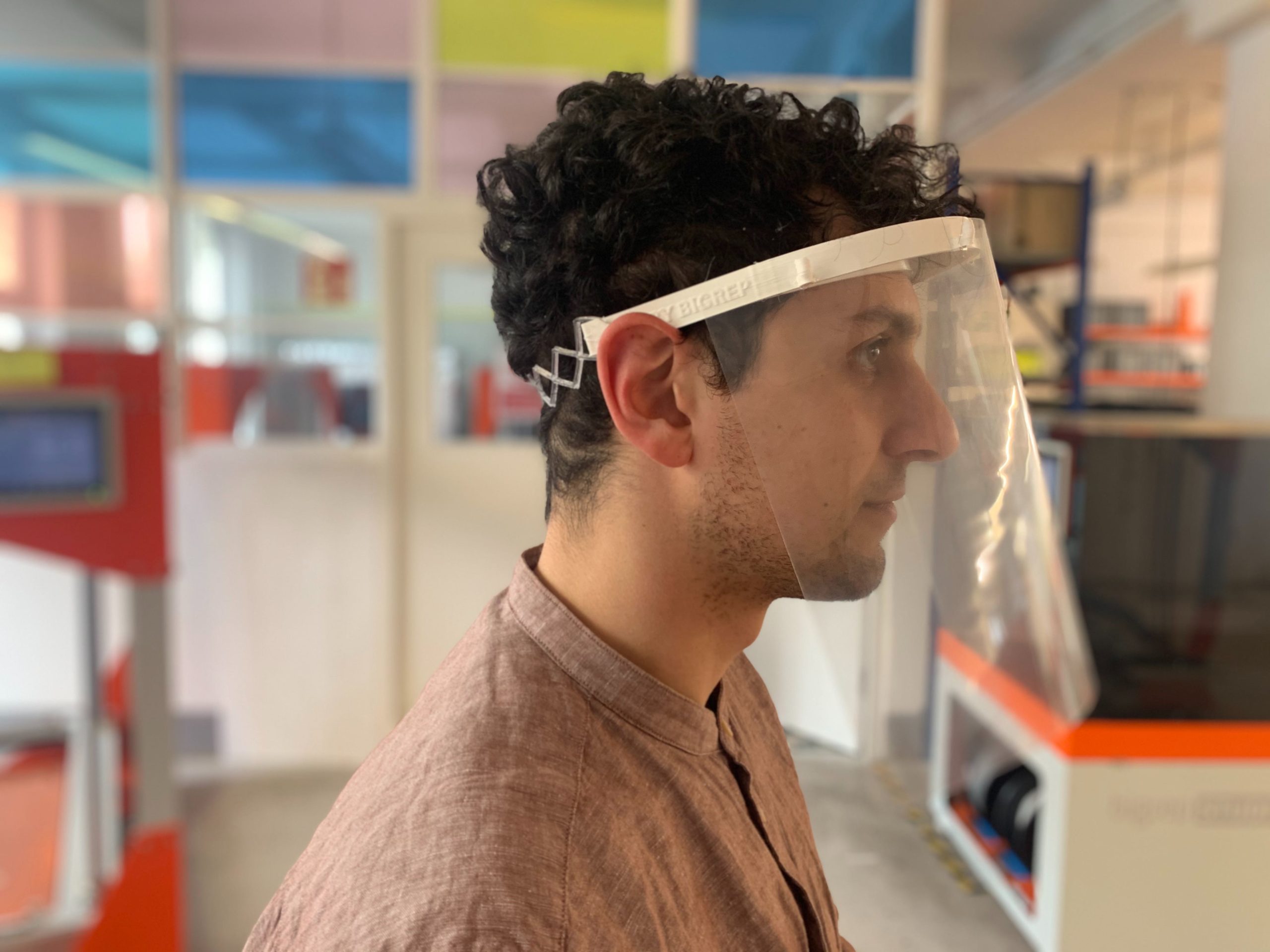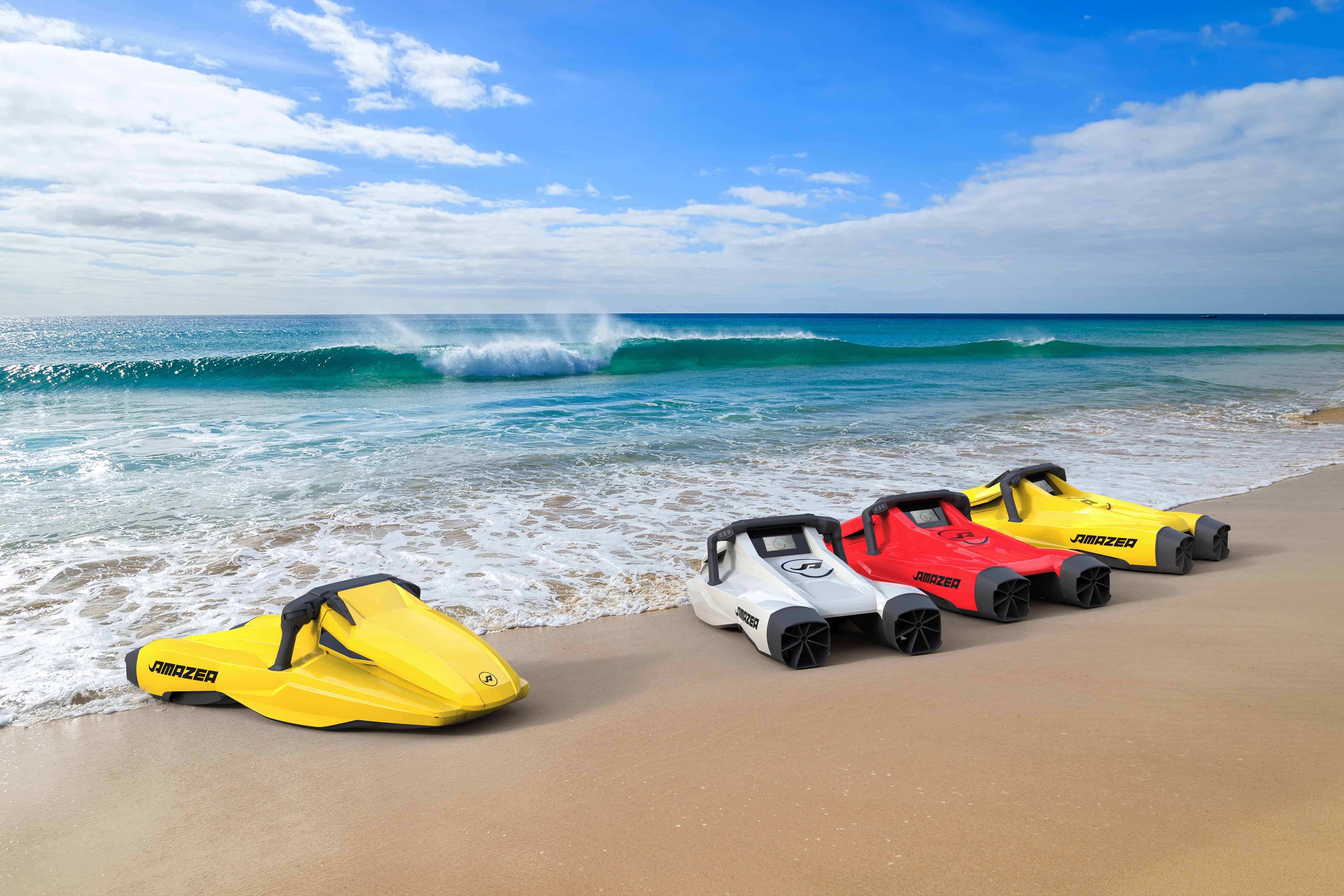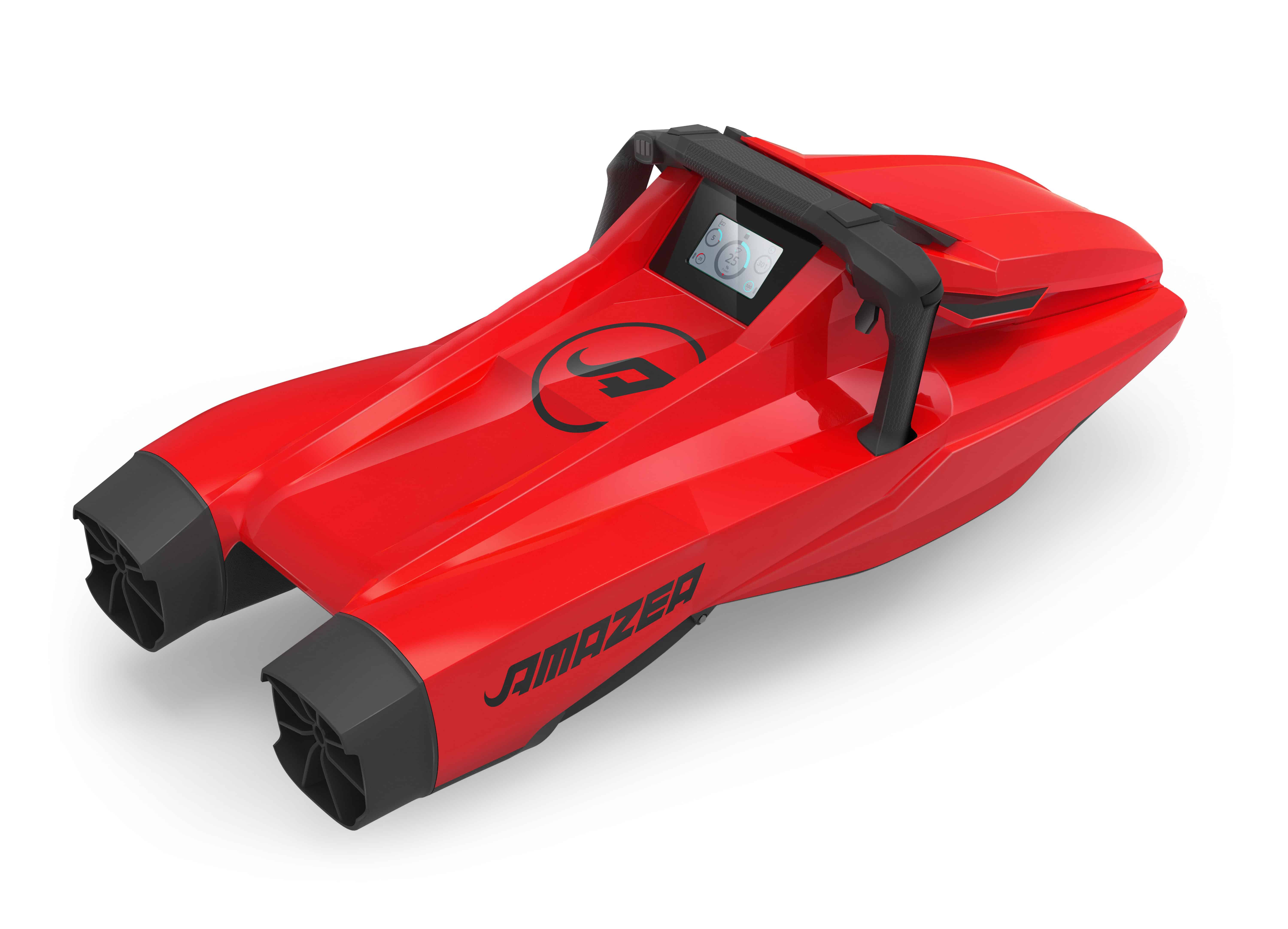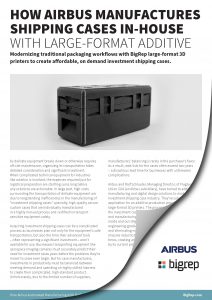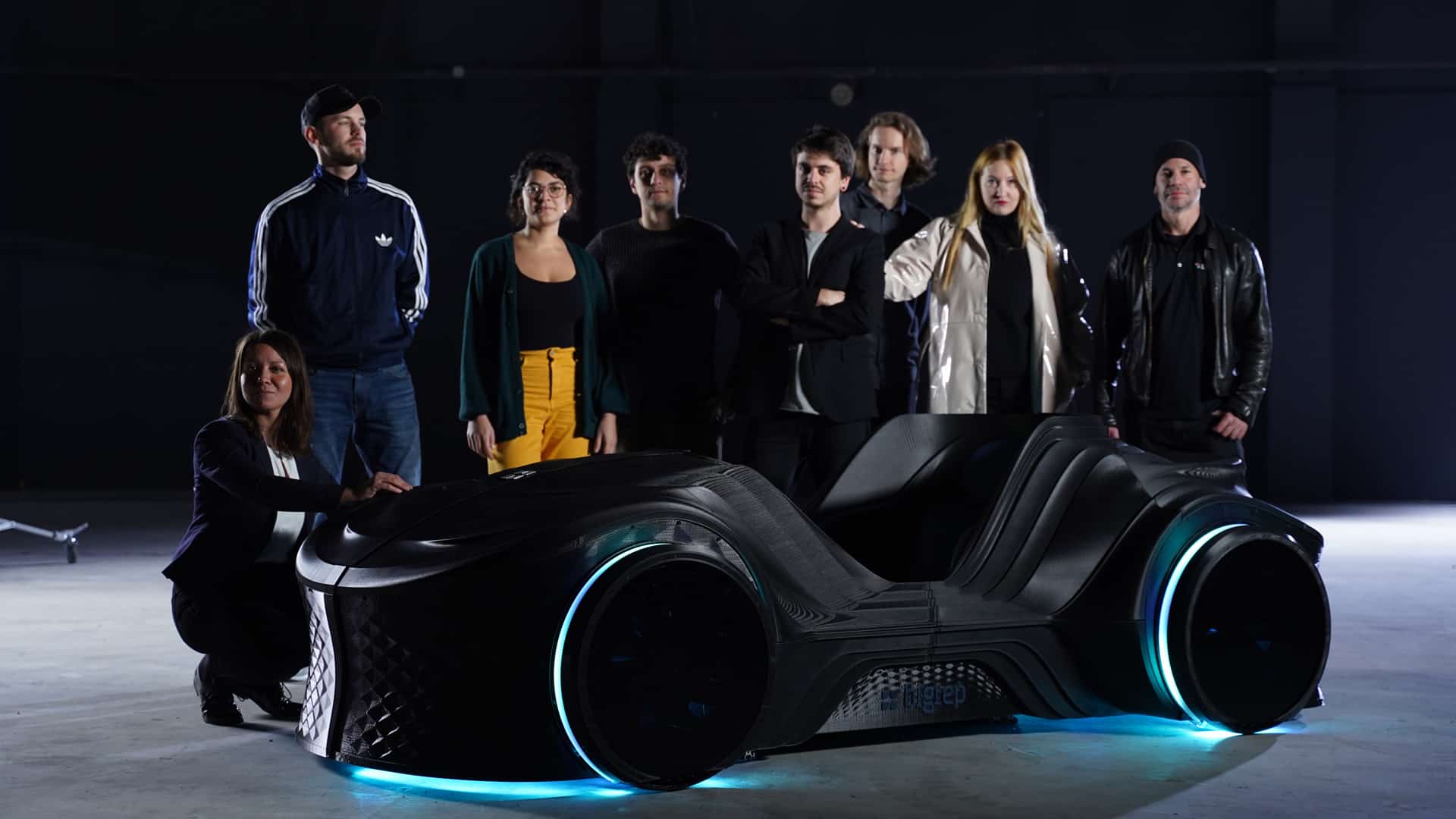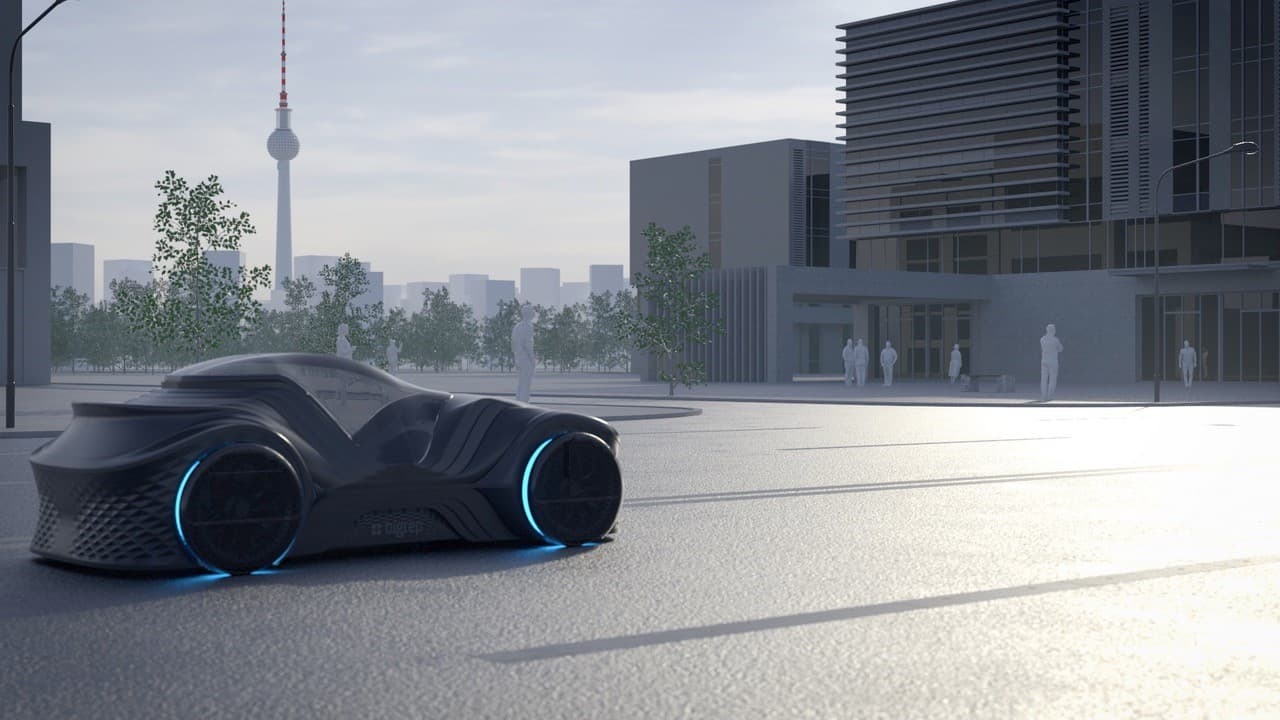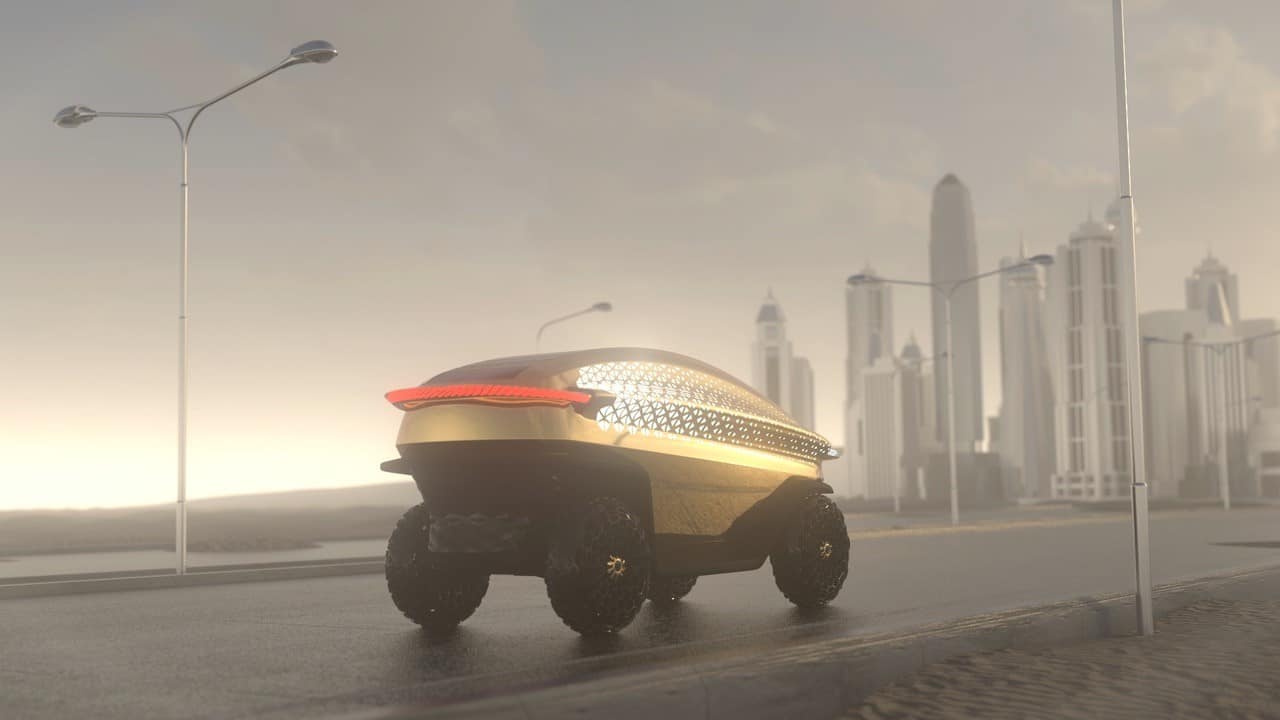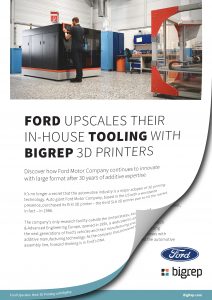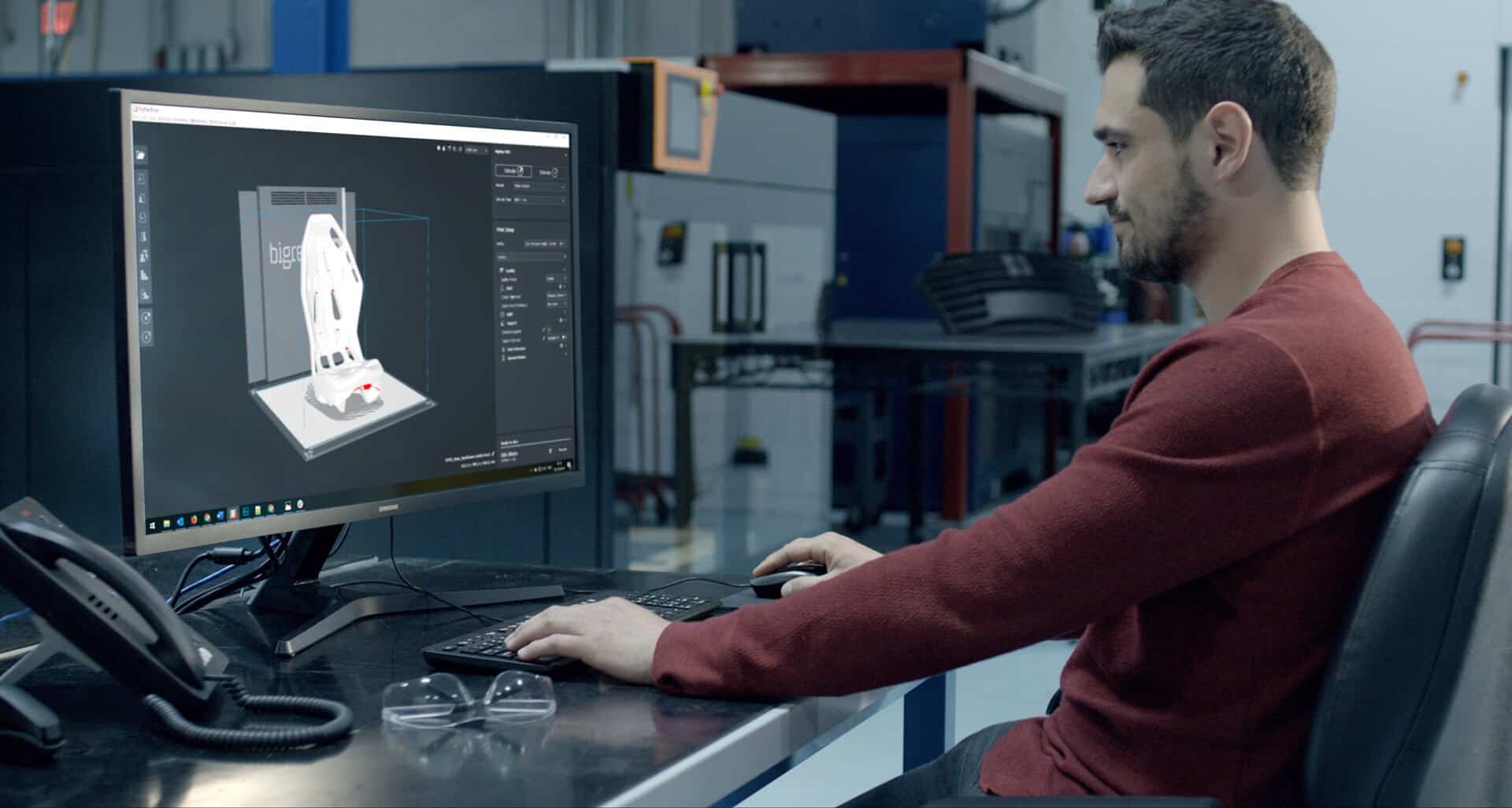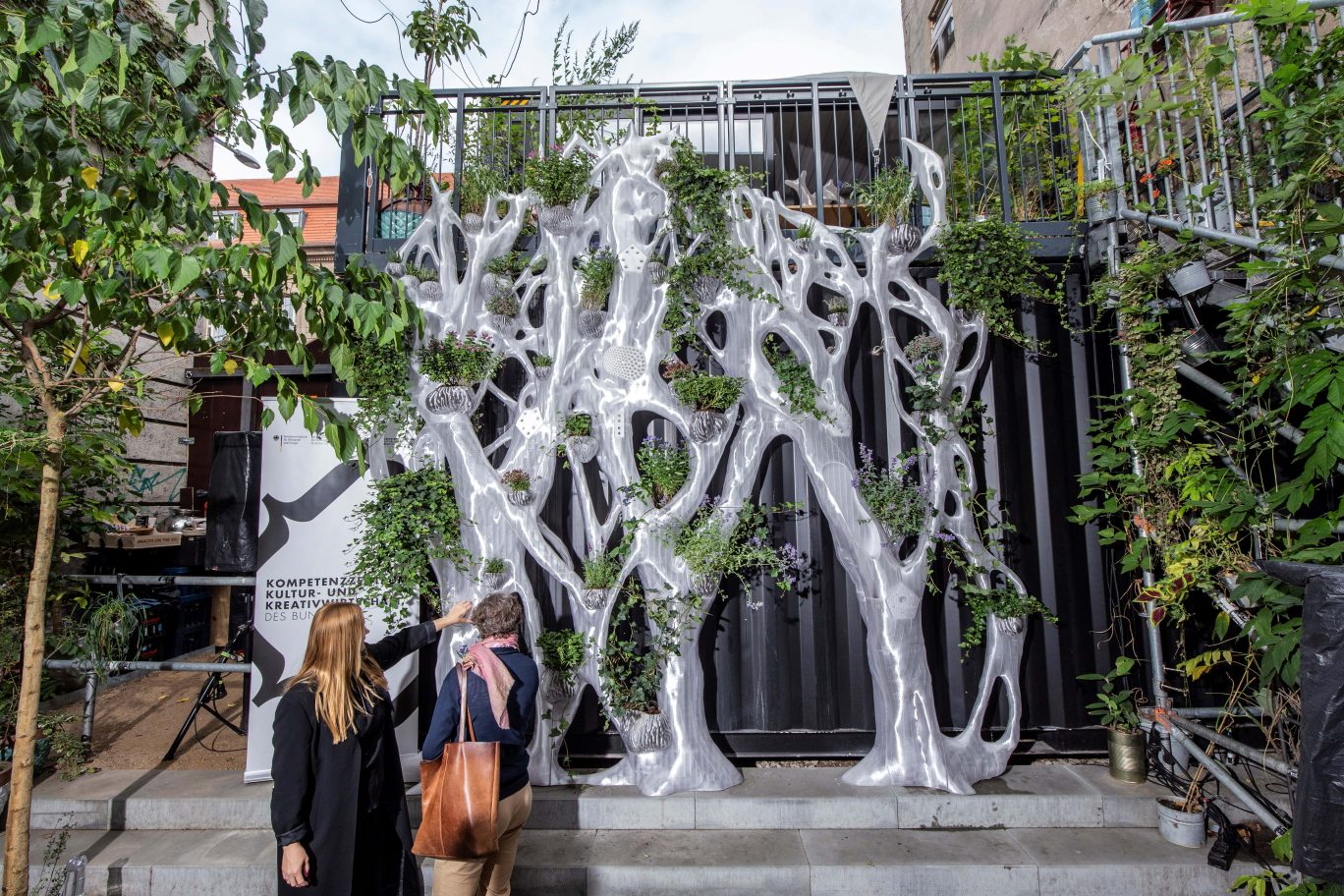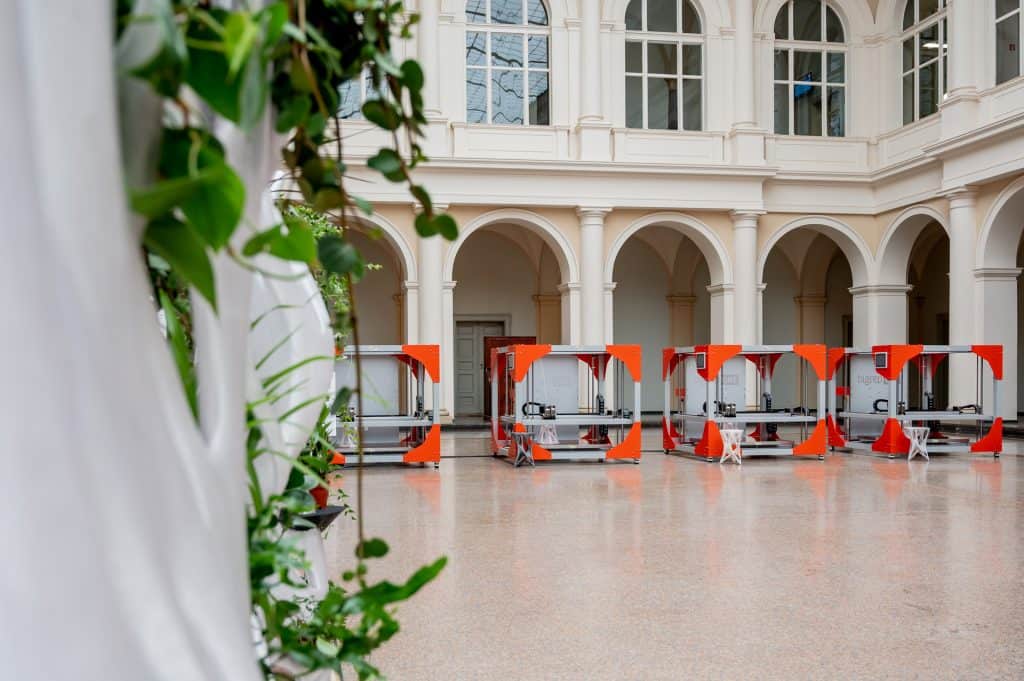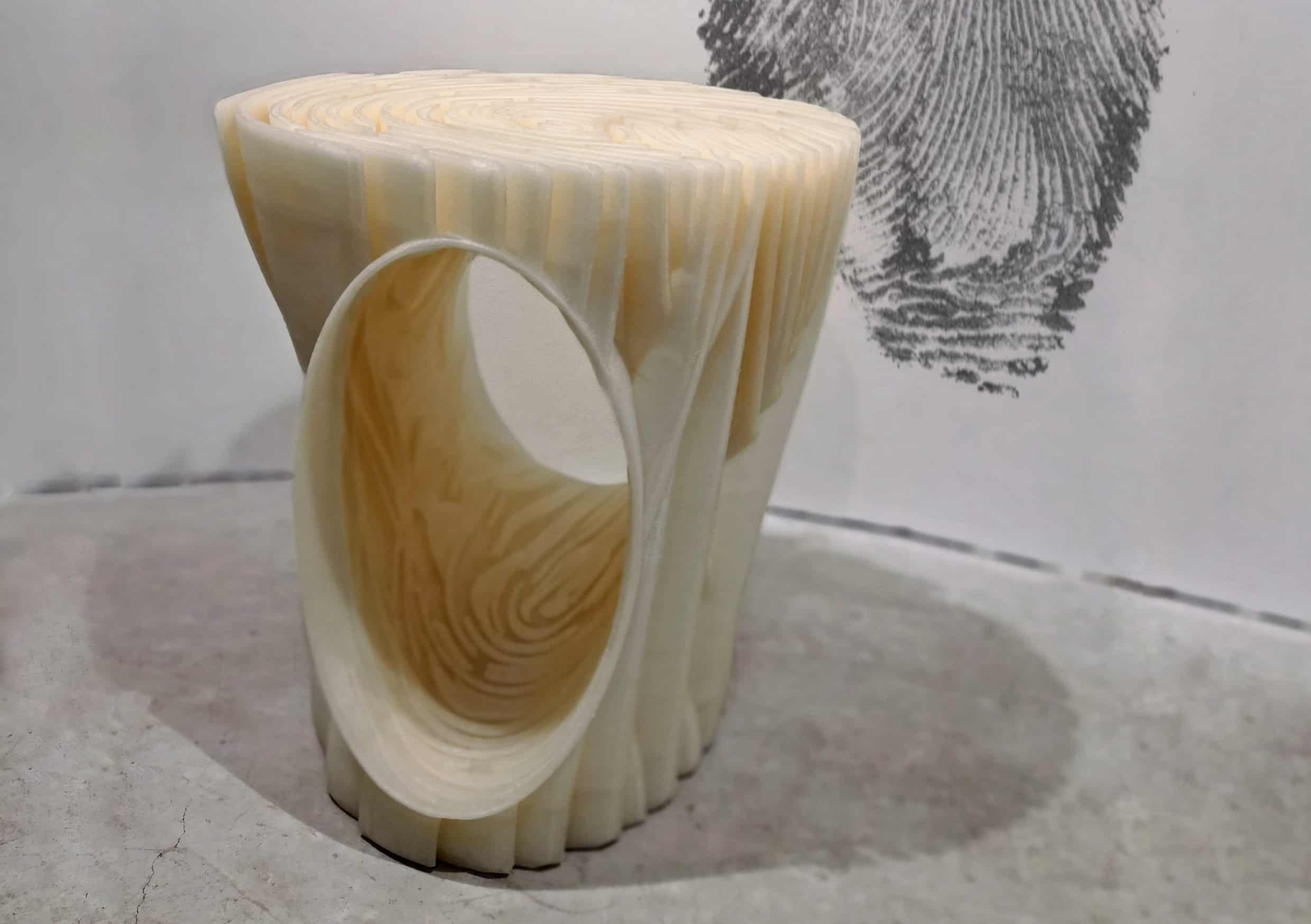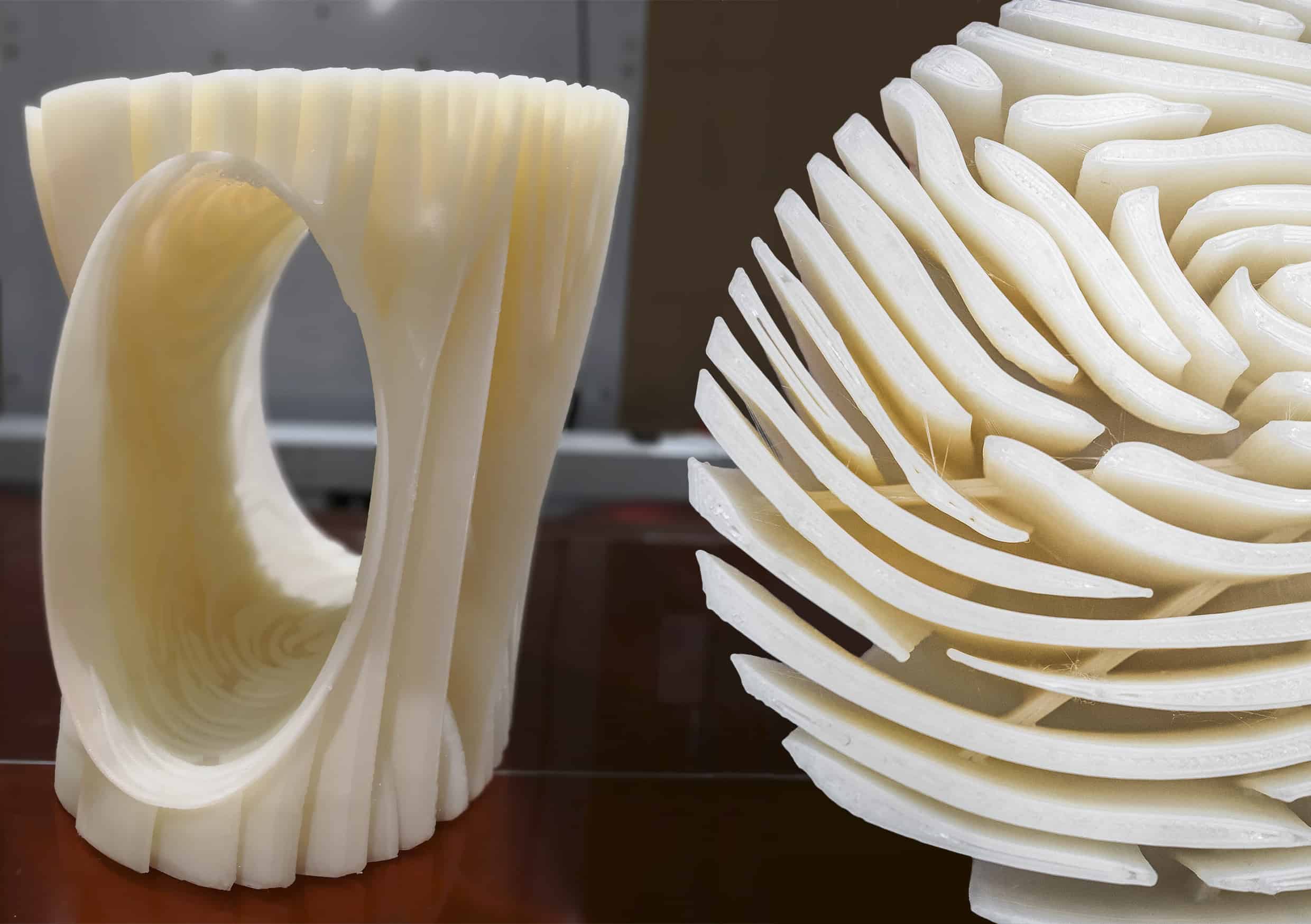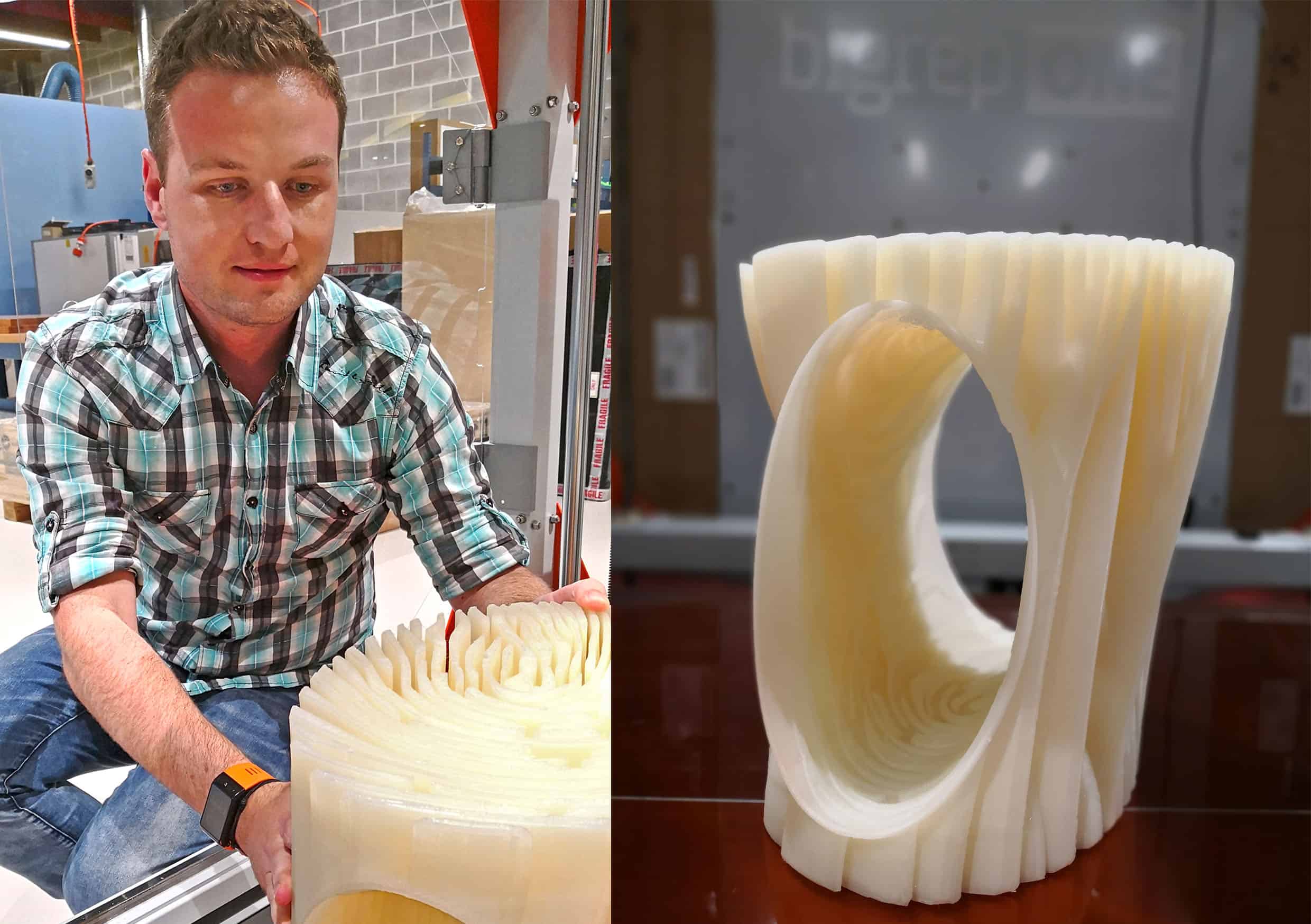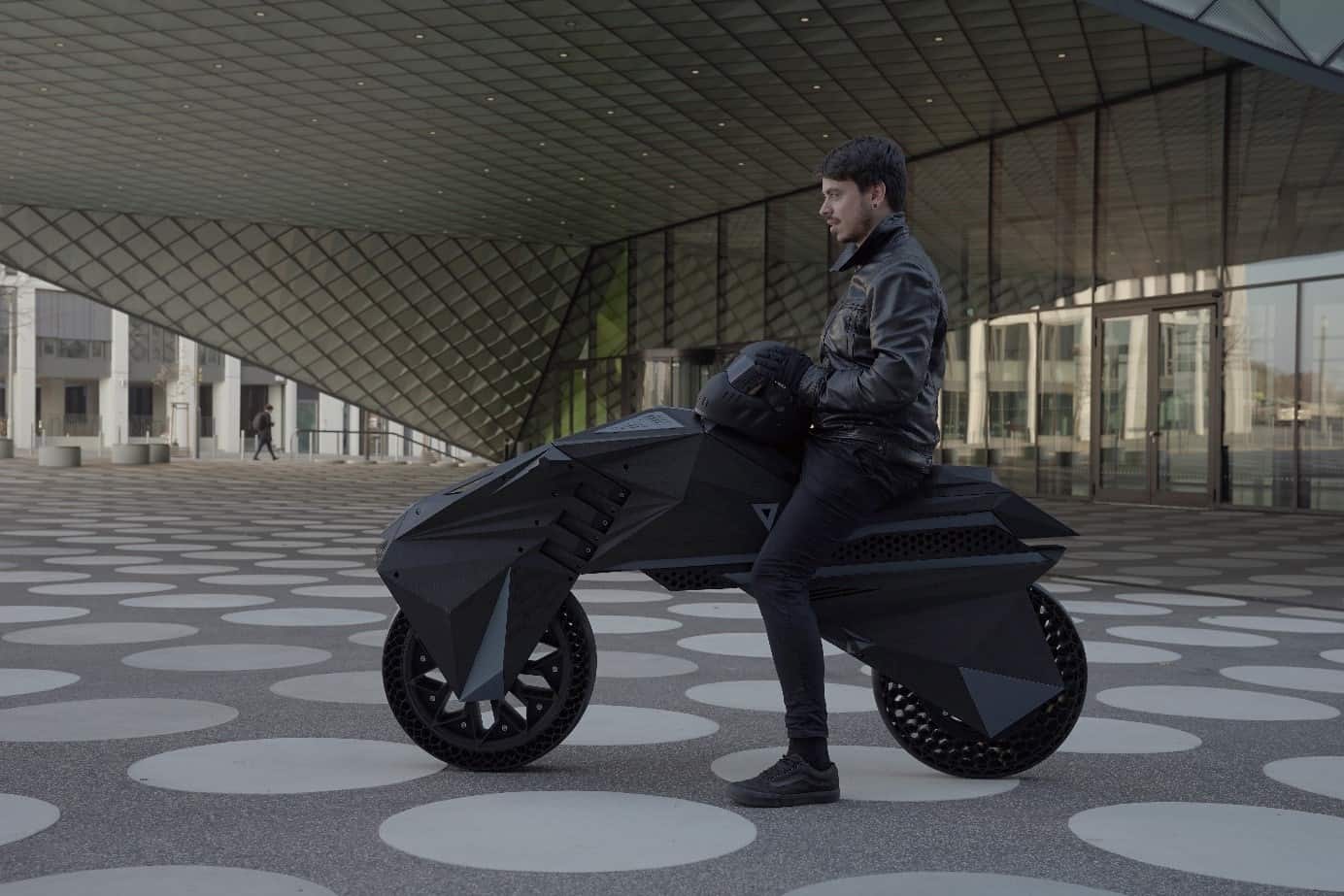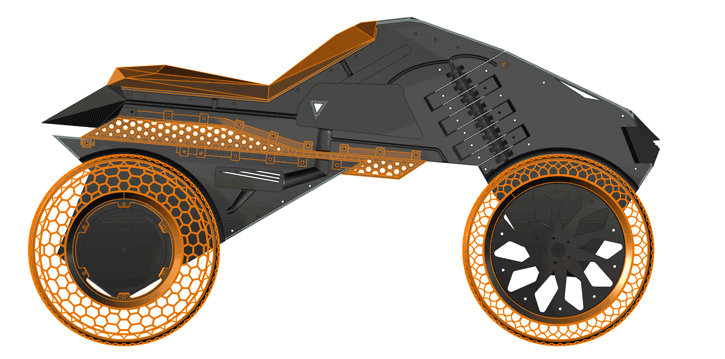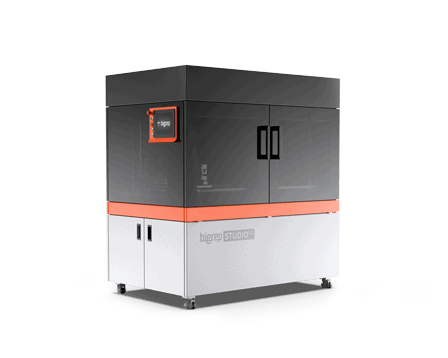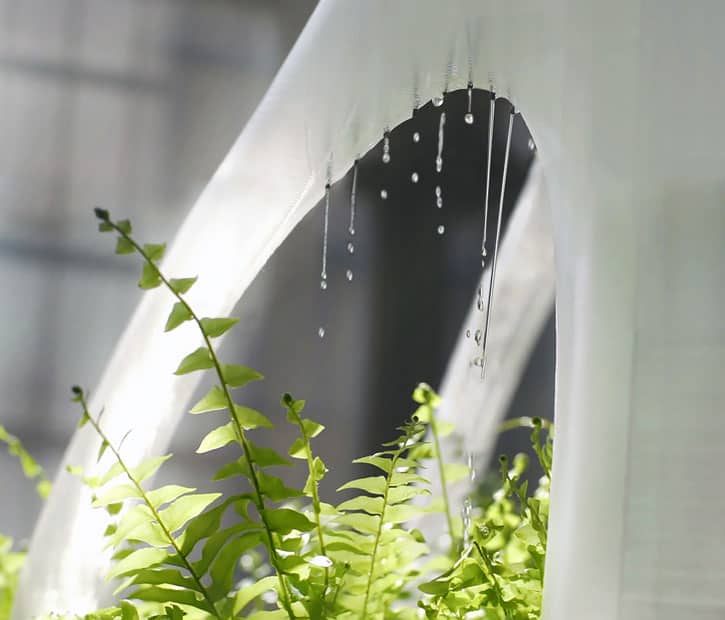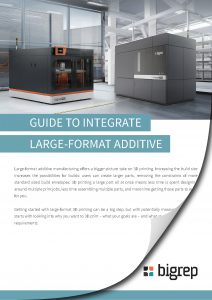Faced with the challenges of COVID-19, we at BigRep believe the response should be nothing less than all hands on deck. Fortunately, additive manufacturing technology is uniquely capable of tackling the supply chain challenges the world is currently faced with.
Here you'll find an updated post about how we're working to support COVID-19 relief efforts, and any resources we can share that will help you contribute too.
If you're part of an organization responding to COVID-19 and could use BigRep's help, please reach out to [email protected] with requests.
For up to date information about the ongoing pandemic, visit the World Health Organization at https://www.who.int/emergencies/diseases/novel-coronavirus-2019
Protective Face Shields for Local Communities
BigRep is donating face shields to local organizations to provide protection from the novel coronavirus. In our recent post we shared the face shield's file (also found here below) and asked the additive manufacturing community to participate in their production and distribution.
We're asking our network of partners and customers to get involved and are offering a complementary 2.3kg spool of PLA in exchange for video footage of the face shields' production on BigRep 3D printers that we’ll use to continue our call for action, getting more and more people involved in this movement.
Without stacking, BigRep's large-format AM systems are able to print up to 24 of the masks at once and we're currently testing methods for optimal stacked production - so check back!
Connectors for Improvised Ventilators
Innovators around the world are devising creative ways to combat the shortage of ventilators and fill the gap between need and supply.
To help implement one solution, these BigRep 3D-printed connectors are off to the German Red Cross to help convert full-faced diving masks into improvised ventilators.


